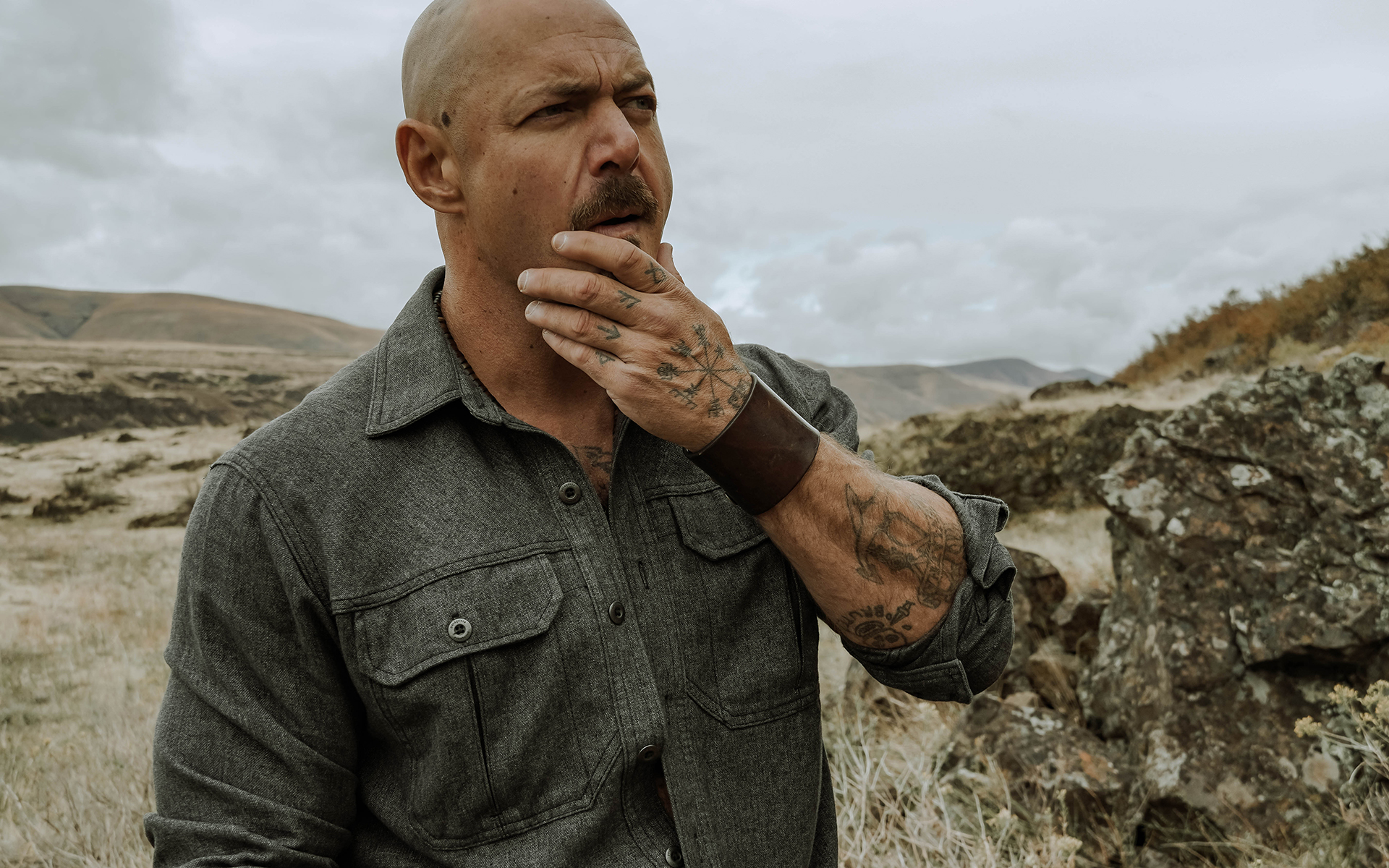I talked to Jim Goad recently, and we joked a bit about some of the characters on America’s political fringe, as we’re both well acquainted with “both” sides.
If you’ve never read Goad, you should. He’s a phenomenally witty writer possessed by a compulsion to mock hypocrisy wherever he sees it. It’s a sketchy racket but you never run out of material.
After we ended the call, I thought about the absurdity of it all, and texted him back to say that John Waters ought to make a film about the desperate goofballs and weirdos who populate both the far left and far right. Their comic antics are taken far too seriously by the normal people.
As an unlikely character myself, if I step back from the worlds I’ve traveled in — from NYC nightclubs filled with gender-bending “performance artists” in giant sneakers huffing nitrous oxide to secret meetings of geriatric white nationalists held in Chinese restaurants — man there is a lot of wacky material you just couldn’t make up. Maybe someday I’ll write an autobiography.
The movie idea stuck with me, so I came up with a pitch.
UNTITLED FILM PITCH
The story revolves around the ongoing conflicts between two camps of desperate ne’er-do-wells, both intent on changing the world through extreme political activism.
Left Camp –
(They’re both named Sam, so you can’t assume their genders. Their birth names were Jennifer and Peter.)
SAM 1 – A white, morbidly obese purple-haired lesbian feminist who occasionally sidelines as a body-positive burlesque dancer. She runs her own XXX webcam business to support her pizza problem. She’s addicted to prescription painkillers, “almost” commits suicide frequently, and is officially living on disability.
SAM 2 – A skinny white asexual vegan punk rocker who is always between bands but really concerned about “the scene.” He has a trust fund, which allows him to do a lot of cocaine and keep his dreadlocks well-maintained. He’s bipolar, naturally, and sees several therapists. A perpetual student and campus organizer, he’s never worked a day in his life, but is a staunch union activist and imagines himself a heroic defender of the working class.
Right Camp –
Steve – There is only one character in the Right camp, because this guy has no friends at all. He works at a series of menial and retail jobs, and is extremely polite. He is middlingly chunky, perceptibly chinless, and has extremely tiny, delicate fingers.
At night (and on his lunch breaks on his phone) he spends his time denouncing people who he perceives to be “degenerates” — which includes almost everyone. He has a giant white board in his trailer park “war room” to keep track of his constantly changing pseudonyms and handles.
Throughout the film, he cycles through a series of extreme religious and political positions. He begins as a simple Southern Evangelical race realist, but abandons Christianity because it is “too Semitic” and becomes a staunch Odinist. After several violent encounters with former meth addicts who found Odin in prison, he studies Orthodox Christianity and starts posting “Orthodoxy or Death” online and papering the town with posters. He attempts to join an Orthodox church, but is disgusted to find that they still accept blacks. He resigns himself to an inventive combination of 14/88 esoteric Hitlerism and the private practice “Opus Dei” Catholicism. His practice consists mostly of posting memes about the true Catholic Church, the Jews, and the death of the West.
PLOT
The running gag of the movie is the constant conflict between the right camp and the left camp, as the characters on the left camp doxx the right camp’s trailer park address and harass his employers via phone. He gets fired from Target, then Best Buy, then ends up at Walmart until the Left Camp shows up to steal boxes of Whip Its from the kitchenwares department, and Steve catches them and reports them to Loss Prevention. As they are escorted out of the store, they scream “Nazi” and “Fascist” hysterically.
Sam1 and Sam2 are quickly released and never charged, but vow to fight the fascist corporate pigs at Walmart. They set up another campaign to get Steve fired. This works, and Steve is forced to seek employment at a Chinese-owned convenience store because they are the only people who will hire him.
His online tirades shift to address the growing “Chinese threat” to the “American Way of Life,” and the film abruptly ends when the store is robbed and he is shot point-blank by a white Odinist who has relapsed and gone on a meth-fueled crime spree.
After his death is reported on the local news, Sam1 and Sam2 picket the Chinese-owned convenience store for hiring a “known racist.”
– cut. roll credits –
I think this project has real potential.
If you make it, you should hire me as a consultant. I’m also up for a cameo — ideally in a difficult-to-film double role where I play both a Rob Halford-style leather dude and a militant Neo-Nazi who face off in a savage no-holds-barred underground amateur wrestling match.
I think this would make a lot of people happy.


